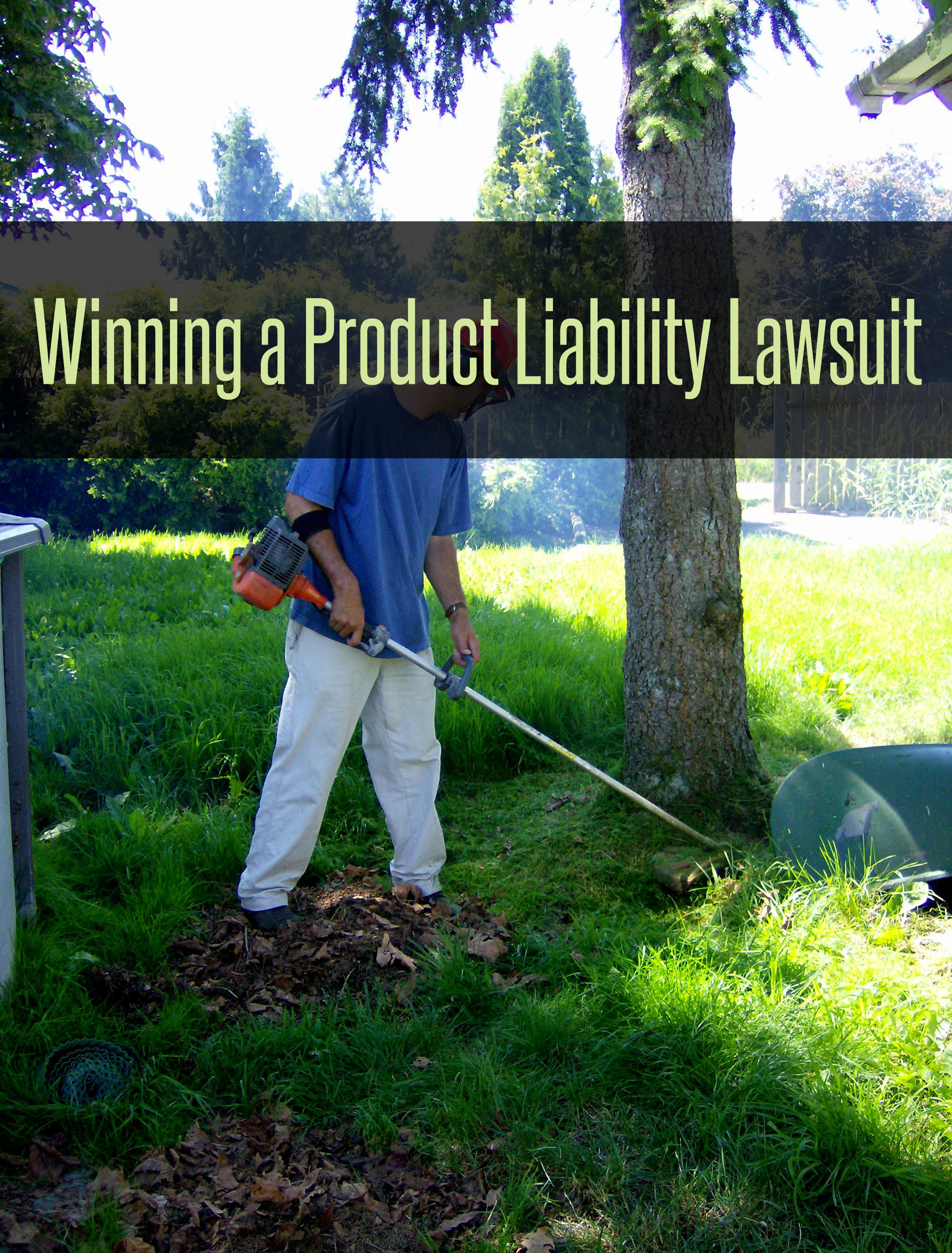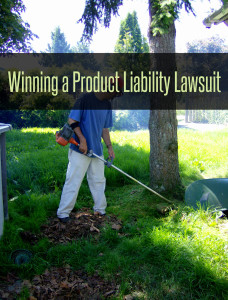The vast majority of us buy products on a regular basis without giving a second thought to whether they will work or not. We certainly don’t imagine that the products we purchase will somehow harm us. After all, our taxes go toward significant regulations and no company would want to lose customers over such an issue. Nonetheless, every year, many companies issue recalls on products they produced that could leave someone injured. All too often, these recalls aren’t released in time though, and people get hurt.
A Product Liability Lawsuit
This is when product liability lawsuits occur. They’re a type of personal injury lawsuit that specifically focuses on a company that made a product which you claim left you (or a child) injured. You could also file it on a spouse’s behalf if it ended in a wrongful death.
In general, you must prove four things in order to win your product liability lawsuit. Known as elements of your claim, these are:
- You were hurt or otherwise suffered losses
- The product in question is defective
- Said defect is what caused you to become injured
- You were using the product according to the directions when the injury occurred
Obviously, you can’t sue a manufacturer if you were using their product for something it was never intended for (though some exceptions exist).
Let’s now look at each element a bit closer.
You Were Hurt
A close call won’t cut it for a lawsuit. While you may want to stop using a product if you believe it nearly hurt you, and might even let the manufacturer know, this won’t qualify for a personal injury lawsuit. Say your new tea kettle explodes because of a hairline crack the first time you used it. While that’s a dangerous situation, if you weren’t harmed, there’s no suit to be had.
A Defective Product
There are three ways a product may be defective. It could be that your specific version came with a manufacturing error. That’s easy enough to prove.
If you think it was a design error, though, things get a bit more difficult. Plenty of products can be considered dangerous by design. Take a meat cleaver, for example. That feature, though, isn’t going to win you a lawsuit just because you dropped it on your toes.
Instead, you’ll probably want to claim that the company should have provided customers with a warning about a dangerous feature in their product’s design. For example, the cartridge on your staple gun may pinch skin when it moves to push another staple forward. That could be grounds for a lawsuit if it ends up ripping off skin and you weren’t warned of the risk.
The Defect Caused the Injury
Getting injured while using a weed whacker isn’t grounds for a lawsuit on its own. You have to prove that the weed whacker was 100% responsible for said injury.
You Were Using the Product Correctly
As we already touched on, you generally can’t sue a manufacturer if you were using their product for something they couldn’t have reasonably expected you to. If you’re making soup in a pot when it explodes and you get cut, you can sue. However, if you were using the pot to transport hot tar for some remodeling and it explodes, you’re probably out of luck.
To be on the safe side, call Ingerman and Horwitz at 1-800-776-4529 for a free consultation if you believe you have a product liability lawsuit on your hands.














